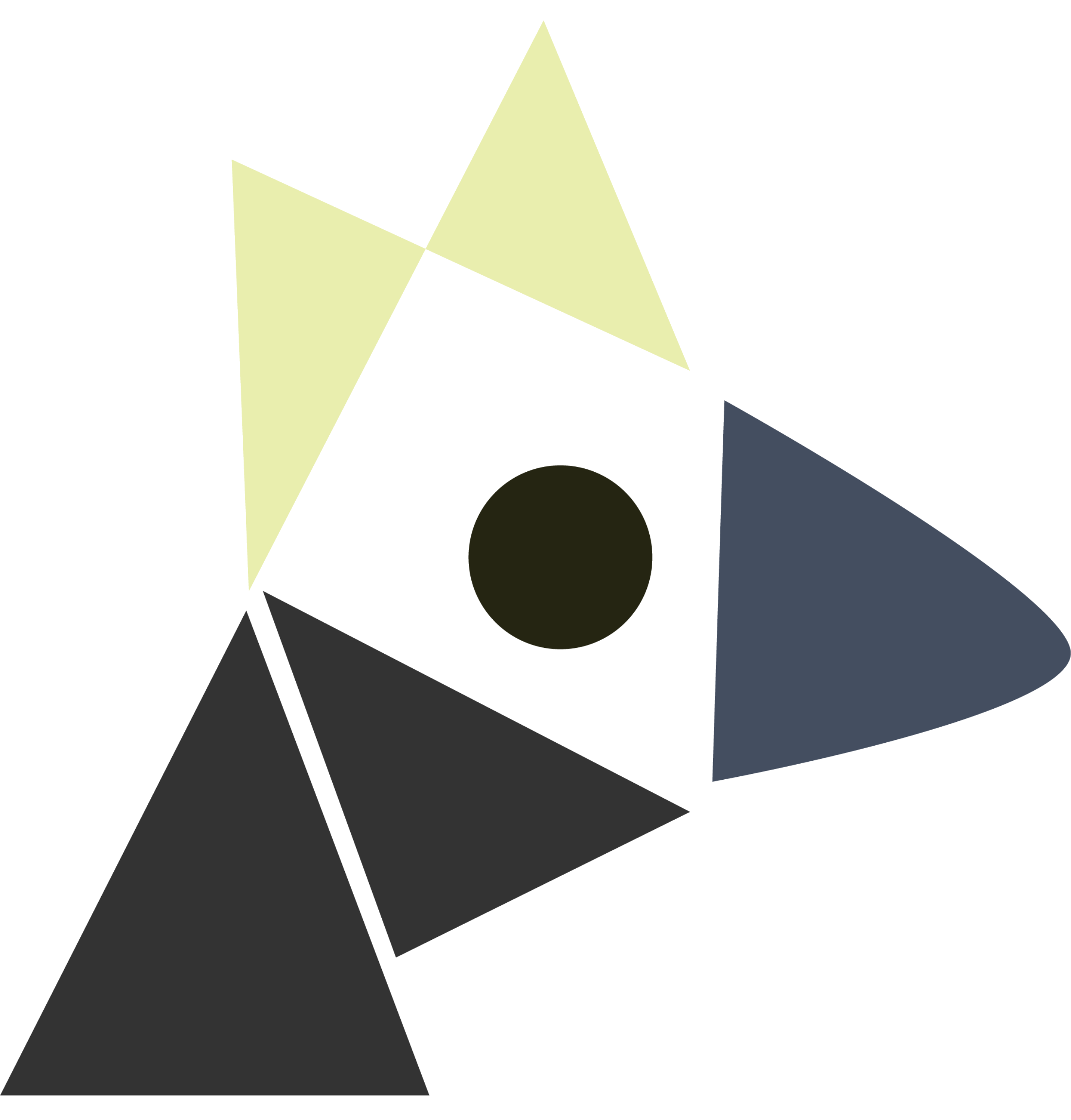- The type of every attribute must be filled in the environment \(O\) before type checking can happen, because otherwise it may refer to an attribute defined later
- best practice: store object and method tables separately
lub
the function \(lub\qty(X,Y)\), the least upper bound of \(X\) and \(Y\), is \(Z\) if:
\begin{equation} X \leq Z \wedge Y \leq Z \end{equation}
\(X\) is the lub.
\begin{equation} \forall Z’, X \leq Z’ \wedge Y \leq Z’ \implies Z \leq Z' \end{equation}
both if statements and case statements uses the lub.
static type
The static type given by the type system/complier maybe a super type of the actual type.
In modern type systems, the dynamic type of an object may differ from the static type to enable polymorphism.
soundness
\begin{equation} \forall E.\ \text{dynamic\_type}\qty(E) \leq \text{static\_type}\qty(E) \end{equation}
SELF-TYPE
SELF-TYPE is a static type: its not rendered until
